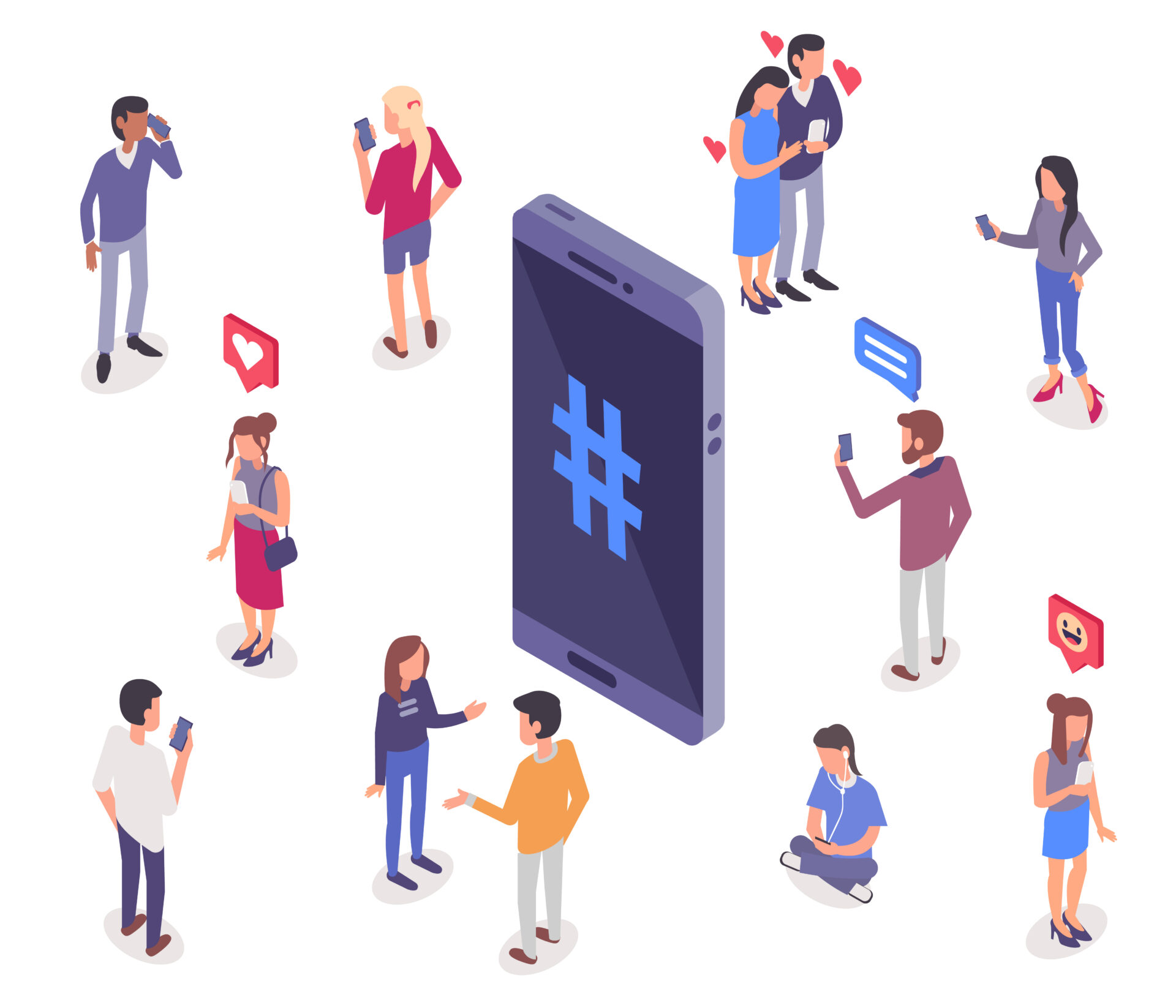81.7% of the Belgian population are on social media. Potential and returning customers aren’t obliged to go to a physical store or website anymore to come in contact with your business. They can get a good idea of what your business is and what it stands for by simply checking the social media pages. But simply being active on those channels isn’t enough. Customers’ expectations of brands are much higher on social media. By combining social media with your Customer Experience strategy, you can form bonds and meet your customers’ expectations.

What is Customer Experience Management?
To start, what is Customer Experience? The term often gets confused with Customer Service. While Customer Service is part of the Customer Experience, the latter encompasses a lot more. It is, in short, the total of customer’s impressions from every interaction point with a brand’s products and services throughout the entire customer journey. You can read in more detail about what Customer Experience is and how it can improve your business in our blog post.
Customer Experience Management, or CEM, is the process of overseeing those interactions with customers throughout their journeys and managing their relationships with your business. The goal is to increase not only the satisfaction level, but also the customer’s advocacy (e.g. good reviews, recommendations, etc.) and loyalty by meeting and exceeding their expectations. It is thus important to know and understand how to use these moments of contact across different social media platforms. Here are four points you have to watch out for when combining social media with your Customer Experience strategy.
Customer Service
As mentioned, Customer Service is a part of CEM. And the investment in efficient and coherent customer service is crucial for social media. Customers are less patient and understanding when contacting customer service through social media than they would be through other channels, such as phone or email. They want an almost immediate response and solution.
While it may be tempting for this reason to fully rely on an AI-chatbot for customer service on social media, surveys show that the majority of customers don’t trust AI-chatbots to provide them with the correct solutions. A human connection is important and reassures them that their issue is being properly handled.
A solution to both of these points is the combination of AI and human contact. At first contact, the customer is led through several questions by the chatbot while also being reassured that a human will get in touch with them once their issue has been properly discerned.
Human connection
A human touch isn’t only important in Customer Service but also in the way the brand is presented on social media. A faceless entity is less appreciated and approachable than a brand that shares, for example, its company culture. By highlighting employees’ contributions and/or achievements, or simply fun behind the scenes content, customers are able to put a face to the company and strike more authentic connections.
This can also be done when receiving feedback, whether it’s good or bad. With bad feedback, it is important to approach the customer with empathy and understand why they may leave a bad review. Show that their feedback is appreciated by not only sending personalized responses but also asking for it directly. It can also be done by showing customers which steps you’ve undertaken after receiving their feedback.
Personal and engaging communication

Feedback doesn’t always have to be collected through surveys or by asking for reviews after the customer’s journey is completed. Social media is filled with discussions, and it is important for brands to be part of those discussions. This also gives you insights on what your audience likes or wants so that you can tailor your communication on social media to your audience’s needs instead of bombarding them with impersonal ads. You can interact with them directly in the comments or direct messages, or create giveaway campaigns and contests.
Learn how different platforms work; you can’t post the same way on Facebook as on Twitter or TikTok. The key is to personalize your content for your audience segments. Then, keep an eye on each platform’s trends to participate in its culture in order to create bonds with your audience.
Research and mine data
It may be daunting to find a way to stand out from the crowd when customers have a widespread choice of brands readily available on social media. That’s why it’s crucial to include research on your competitors and observe what they are doing on their social media pages. Comparing their data with yours in terms of engagement and performance can give you better insights. Not only will it show what they’re doing, but it will also provide information about how you are performing. It may even reveal pain points on your end and give you the opportunity to change and improve your strategy.
Conclusion
A customer’s loyalty has to be earned, and this can be done by cultivating a two-way relationship through your Customer Experience strategy. Adding social media to this strategy is a useful tool. It can humanize your brand and close the gap with your customers by facilitating open communication and interactions.




